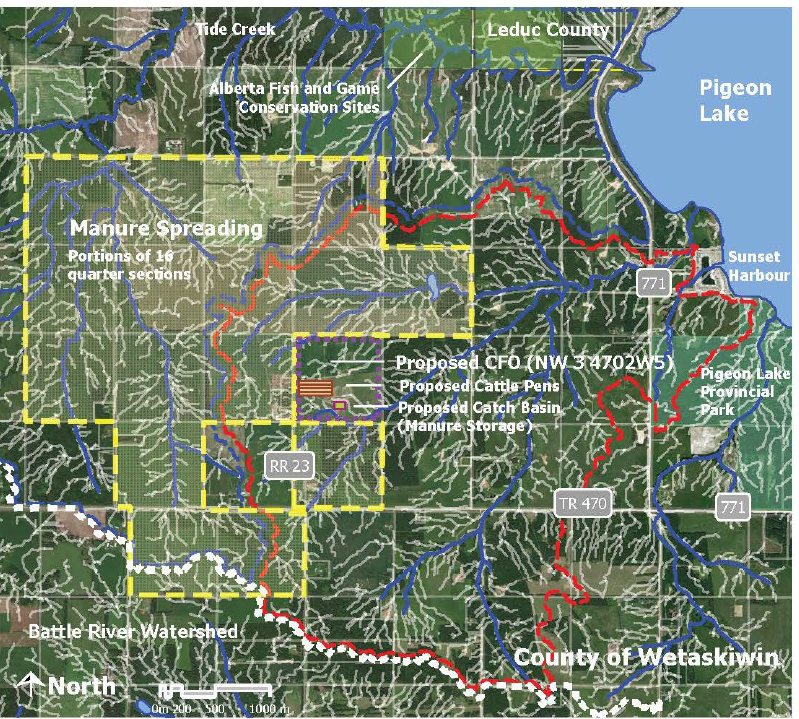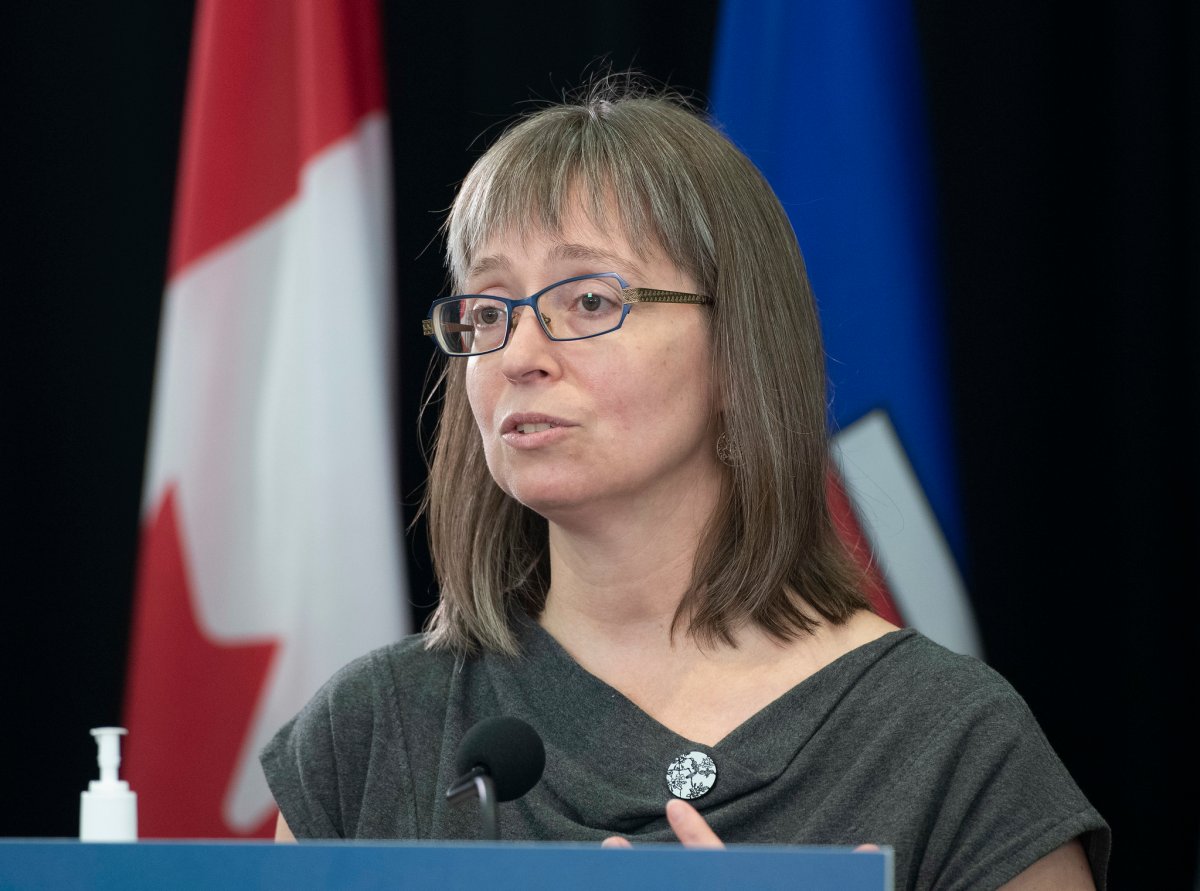A video posted online this month shows police in San Francisco, California pulling over an autonomous vehicle … as a passer-by shouts that there is no one behind the wheel.

© Provided by National PostA vehicle was pulled over around 10 p.m. on April 1
An officer from the San Francisco Police Department is seen exiting a police car that is pulled over on the side of the street behind what appears to be a regular car. However, as the officer approaches the vehicle, the video shows the white and orange Chevy Bolt, with Cruise branding.
Cruise is a self-driving car service with two vehicles in its current fleet.
The vehicle was pulled over around 10 p.m. on April 1 because its headlights were not on, Cruise told Insider .
“Ain’t nobody in it,” a man can be heard saying on the video.
After looking through the Chevy Bolt’s windows, the officer goes back to his own vehicle. The Bolt then drives away and pulls over farther up the street.
“Are you serious? How does that happen?” a woman says.
The police car again follows the Bolt and parks behind it. Officers can be seen looking through its windows and walking around the car.
“Our AV (autonomous vehicle) yielded to the police vehicle, then pulled over to the nearest safe location for the traffic stop, as intended. An officer contacted Cruise personnel and no citation was issued,” said the company in a Twitter post .
In another tweet , Cruise said they “work closely with SFPD on how to interact with our vehicles,” and that they have a phone number for them to call in such situations.
Police contacted the company and a maintenance team was sent to take the car.
Apple accelerates work on fully autonomous car that requires no human interaction
Uber disabled self-driving Volvo's standard collision-avoidance system before car struck, killed woman
In Canada, Ontario is the only province that allows partly autonomous vehicles with the launch of the 10-year Automated Vehicle Pilot Program in 2016.
The program allows “the testing of automated vehicles (AVs) on Ontario’s roads under strict conditions, including a requirement to have a driver for safety reasons.”
While Canada is taking a cautious approach, some American companies have moved forward by testing driverless cars in certain cities. However, it hasn’t been without serious incidents.
In 2018, a self-driving Uber car fatally hit a 49-year-old pedestrian in Arizona. The safety driver who was in the car at the time was charged with homicide, Reuters reported.
In 2019, a Tesla that was in “Autopilot” mode crashed into another car, killing its two passengers in California. The man behind the wheel in the Tesla was charged with vehicular manslaughter, the Associate Press reported .




















